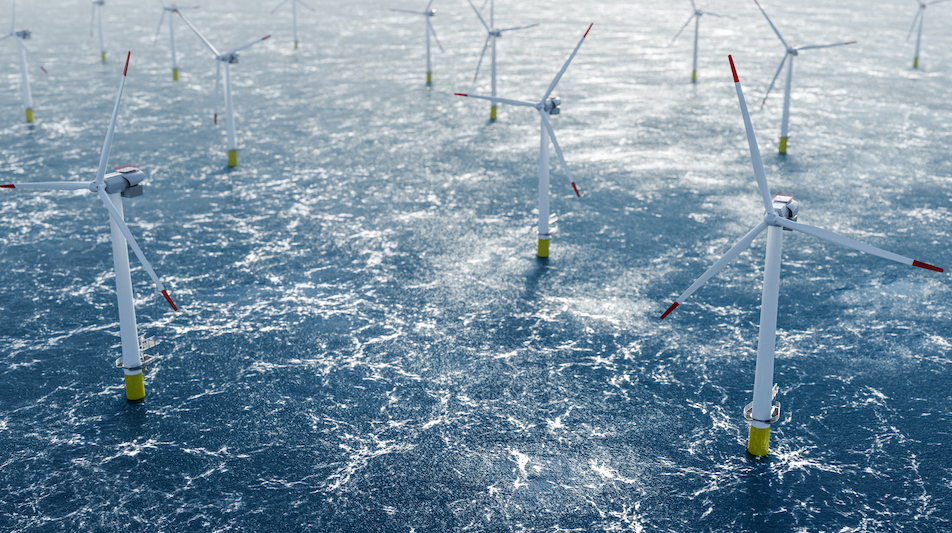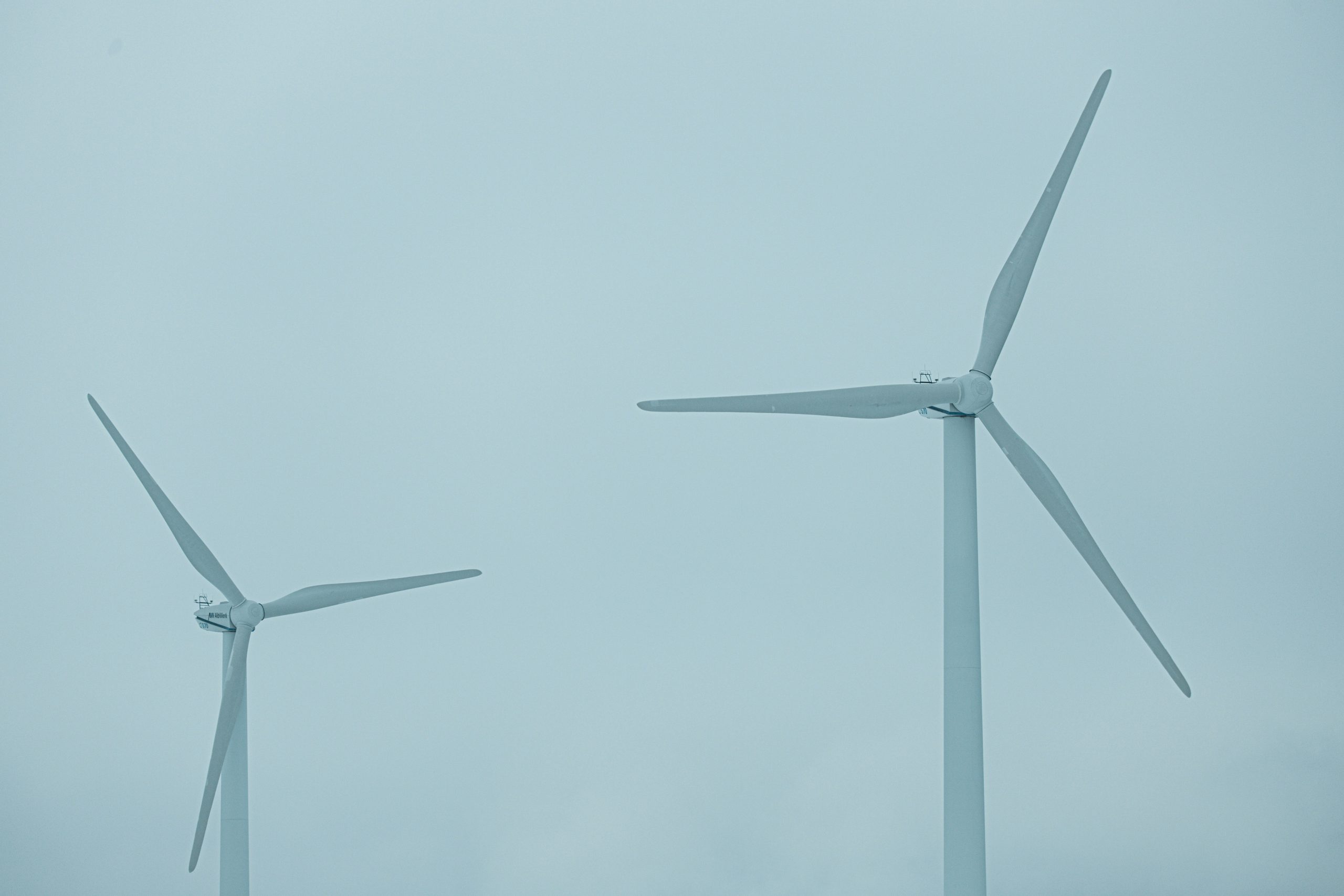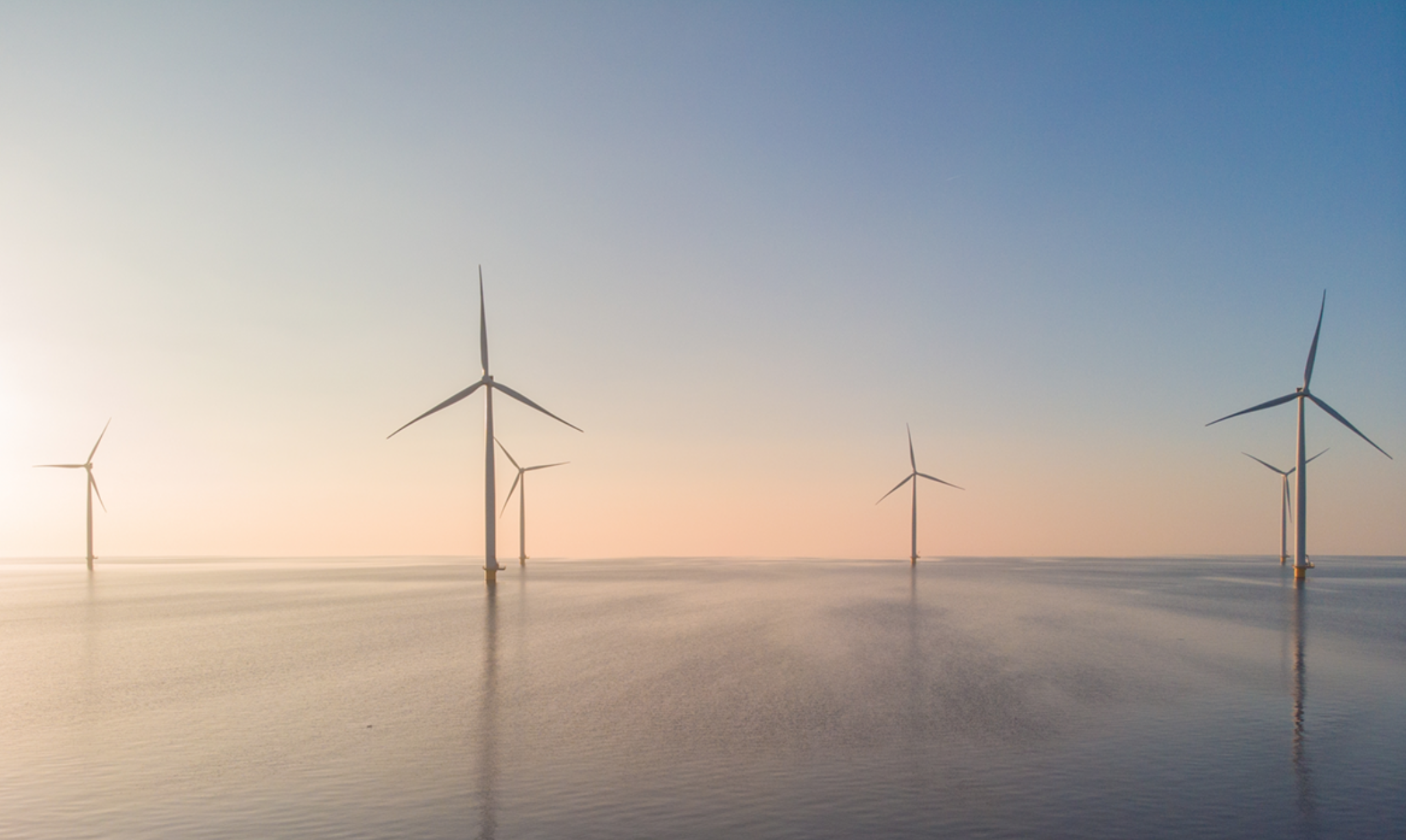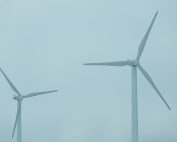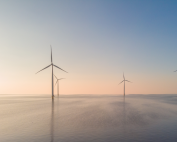According to Wind Europe data, at the end of 2020, the installed capacity in offshore wind farms in Europe amounted to 25 GW. There were 5 offshore farms in operation in Sweden with a total capacity of 192 MW. The country’s authorities approach the development of offshore wind installations in a balanced way, its aim is to reconcile the aspect of energy production, national security and environmental protection.
Sweden has high climate ambitions and a goal of producing 100 percent renewable electricity until 2040. This is a considerable challenge for the country in the context of electrification of the transport and industrial sector. The aging generation units also force the need for investment. Choosing the direction of energy transformation towards RES is dictated not only by climate goals, but also by the ever lower costs of investments in renewable energy sources, including wind energy. In Sweden, 357 wind turbines with a total capacity of 1.4 GW were installed in 2020. At the end of last year, there were 4,333 wind turbines in operation in this country. Wind power was responsible for around 16 percent of Sweden’s electricity production in 2020, corresponding to 27.5 TWh. The municipality of Piteå has the largest installed wind power capacity. Installed capacity in this segment was 9,992 MW, of which 9,801 MW were onshore installations, 192 MW – offshore wind farms. In 2020, wind energy was produced in 189 out of 290 municipalities in the country.
Challenges for the development of wind energy in Sweden, including offshore wind installations
Every two years, the Swedish Energy Agency develops long-term scenarios for the Swedish energy system. In the last of them, it forecasts that wind energy will provide about 40 TWh of energy in 2025. The strategy assumes an increase in the demand for wind energy by 100 TWh until 2040, where 80 TWh will be covered by onshore wind energy and 20 TWh of offshore wind farms. In the case of offshore wind installations, production of 23 TWh in 2045 and 34 TWh in 2050 is forecast.
Older turbines will be replaced with new ones at 80% less cost. The profitability of building farms is not the only challenge for the future of the energy sector. As indicated in the study by the Swedish agency, Sweden is a relatively large country both in terms of land area and coastlines with good wind conditions. Wind energy is a crossroads of many-sided interests in the construction site of wind farms. These include, for example, protected nature and cultural environment, buildings and infrastructure, and national security and defense issues. Although support for the development of renewable energy sources is high, it does not always mean
a guarantee of local acceptance of projects. The permitting process will be a particular challenge – one third of the onshore wind energy projects have been rejected. Connection and expansion of power grids may be a factor limiting the development of onshore and offshore wind energy in some regions.
The Swedish Energy Agency and the Swedish Environmental Protection Agency presented
a strategy for the sustainable expansion of wind energy in Sweden in 2021. It takes into account both the economic, ecological and social dimensions of the expansion of wind energy. Work is currently underway on the foundations for a sustainable expansion of offshore wind energy in the Gulf of Bothnia and the Baltic Sea Proper (Marine MedVind). The effects of the work are to be presented by the end of 2021.
So far, nothing indicates that we in Sweden are witnessing a large expansion of offshore wind installations in the Baltic Sea. The Swedish Maritime and Water Agency presented in 2019 proposals for plans for individual waters, including the Baltic Sea. They indicated that offshore wind development is inadequate in several areas. Sweden’s defense sector has wide-ranging interests in the Baltic Sea, including in the form of maritime exercise fields (warships). Another reason is the unique natural values. Wind energy can also negatively affect the bird population.
Foreign investors are interested in Swedish waters.
Many investors are interested in the development of offshore farms in Swedish waters. For example, Zephyr Vind, a subsidiary of the Norwegian company Zephyr, announced in May 2021 a plan to build large-scale offshore wind farms off the west coast of Sweden (southern Skagerrak), both floating and those based on permanent structures.
The Poseidon project will consist of two installations – Poseidon North (162 km2) and Poseidon South (35 km2). They would be built around 40 km northwest of Gothenburg, in the waters between Sweden and Denmark. The proposed location was indicated based on the assessment of windiness and the possibility of evacuating power. Due to the depth of the body of water in the case of Poseidon North, the company intends to build floating wind farms and Poseidon South will base the project on permanent structures.
The company presented two preliminary project proposals. The first one involves the construction of 61 turbines with a capacity of over 20 MW each (in total over 1,220 MW), and the second with the construction of 94 turbines with a capacity of 15 MW each (a total of 1,410 MW). Annually, they are to produce approximately 5.5 TWh of electricity, which would cover the energy consumption of one million households.
On May 11 this year, Zephyr Vind began a public consultation, which will last until June 23. The application for a building permit is scheduled to be submitted in 2022. The investment would be completed around 2031.
